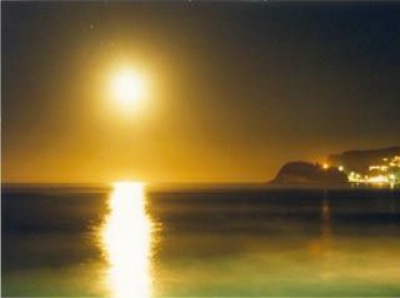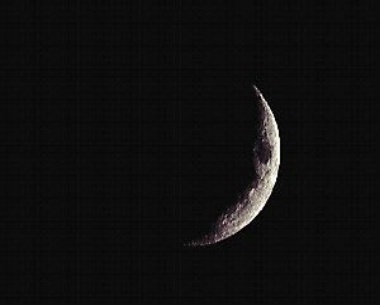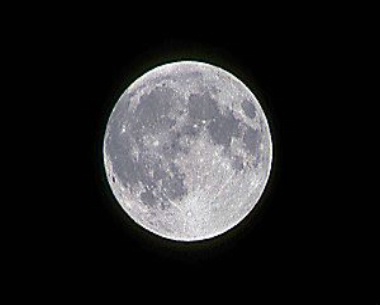
BetterPhoto Member |
|
Night Photography
I have taken a roll of pictures at full moon, clear sky. I used different settings hoping to capture 1 or 2 good pictures of the moon as first time doing it. I used 400 ISO film. I took some pics with auto setting and then I played with av preset to take diff. pics at diff. aperture setting, letting camera do the rest.All shots were done on tripod without flash and I took some pics with tv mode. I took many pics anywhere from 1 to up to 30 sec. exposure. The camera was pointing right at the bright moon with some trees foreground or no trees. None of my photos got exposed right; all the shots - even the automatic setting ones - had this huge flare (bigger then the moon) on it. Is it the reflection of the moon that caused this? Do I need special filters? Auto. setting on camera calculated about 1/2 sec to even 3/4 sec. exposure. and I did one up to 30 sec exposure. Most of them were same result. Any help would be appreciated. I scanned my 35mm negatives from scanner and I managed to take some pics out of it but the bright dark overexposed blob... was in all the shots. Some shots had the moon right next to it. Which I was able to see. Help. I have Canon EOS Elan 7.
January 16, 2001
|
|
|
Ken Pang |
|
|
|
|
|

Moonrise
Moon rising over Manly Beach.
Ken Pang
|
|
|
|
A 300mm lens will put an image of the moon approximately the size of a 10 cent piece (15 - 20mm in diameter) on a 6x4 print. The common mistake most people fall into is that they let the computer do the metering. Since a night sky is basically pitch black, the meter exposes until the scene has an average light of 18% grey.This means that the moon will be one horrificly bright blur with absolutely no detail in it at all. What you should do is spot meter off the moon to get a sharp photo of it. If you're serious about astrophotography, get a telescope that has a lens mount. Otherwise, the photos you get will be purely creative, not detailed. Do you like this photo though? It was taken using an EOS 5 (A2E) 70-300 IS, USM f/4-5.6, set at 5.6, 8 seconds on Fuji NPH 400. It's actually 10pm at night on Manly beach facing Shelly beach (In Australia). It was so over exposed that the stars started becoming visible - my photofinisher printed it 5 times before he realised that it wasn't actually dust on the print :)
January 16, 2001
|
|
|
John A. Lind |
|
|
|
|
|

Crescent Moon
Kodachrome 64; eff. length 600mm; eff. aperture f/11; 1/15th (??); enlarged 2X
John A. Lind
|
|
|
|

Full Moon
Kodachrome 64; eff. f=600mm; eff. aper. f/11; 1/130th
John A. Lind
|
|
|
|
Here are two examples of moon shots, the first of a full moon and the other of a crescent moon. These images are enlarged and cropped to about twice their original size compared to the size of the entire frame.Both of these were done using a very sturdy tripod with heavy-duty head, a 300mm f/4.5 prime telephoto, and a high end 2X teleconverter that has seven elements of ED glass, multi-coated, and is matched for use with a number of my prime telephoto lenses. Effective focal length was 600mm. Film used was Kodachrome 64. The telephoto was set at f/5.6 for an effective aperture of f/11 with the 2X TC. Shutter for the full moon shot was 1/30th; for the crescent it was probably 1/15th, but not certain. I pre-fired mirror lockup and lens aperture stop-down about 10 seconds before the shutter was released. This allowed any minor vibration to damp out before the shutter opened. If you can get your SLR to raise the mirror and stop down the lens to the aperture you have set 10-20 seconds before you fire the shutter, it will help make your images sharper. On some SLR's, the self-timer will do this pre-fire immediately and only delay shutter travel. It depends on your camera make/model. The Earth rotates and the Moon orbits meaning both you and the Moon are _moving_ objects. Keep the shutter speed at 1/15th or faster at 600mm and shorter lenses or it will blur. If you use an even longer lens, you will have to increase your shutter speed accordingly. Not only does the size magnify, the motion does also! -- John
January 24, 2001
|
|
|
|
Log in to respond or ask your own question.
|